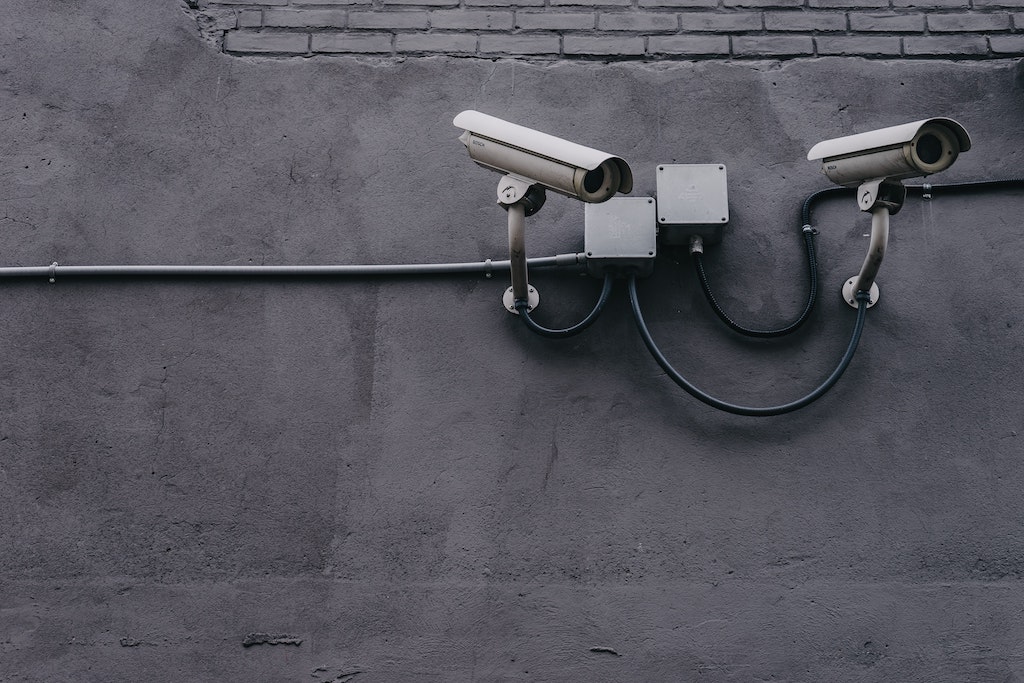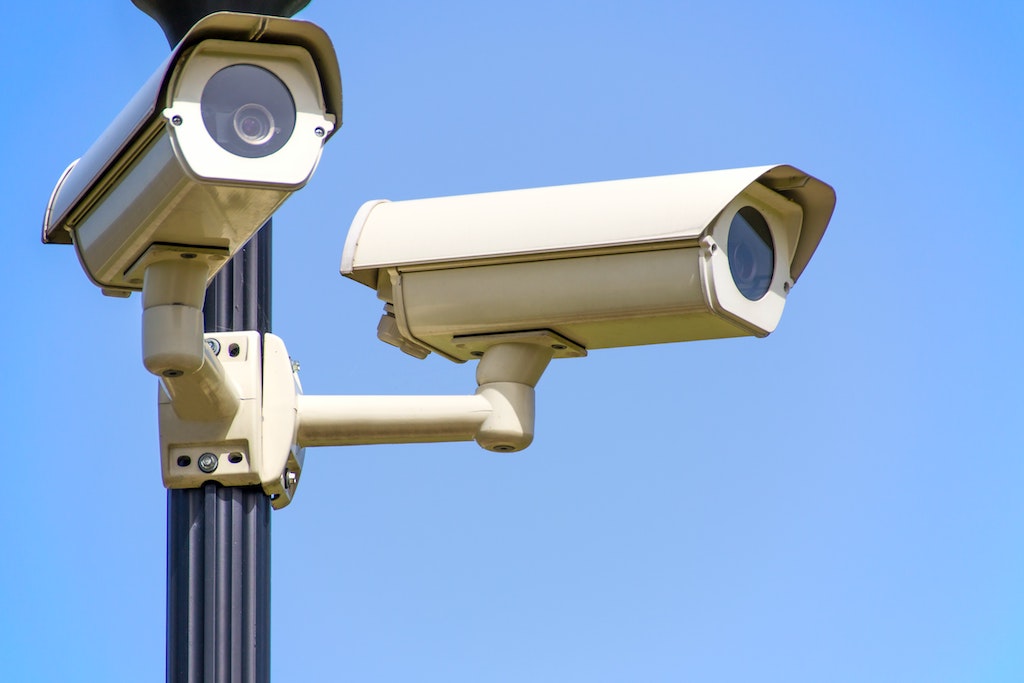The value of home safety cannot be overstated, and the cornerstone to achieving this is an advanced home security system. These systems are paramount as they are the primary defense safeguarding your property against potential threats. As we navigate the complex landscape of home security systems, it is vital to grasp their operational mechanics. This understanding instills confidence and peace of mind, as it assures the safety of your family and belongings.
What are home security systems?
Home security systems, in essence, are comprehensive frameworks designed to ensure the safety of your dwelling from various potential threats. These threats are not limited to just burglary or trespassing, but also include emergencies like fires or carbon monoxide leaks, which can pose significant harm to both occupants and property.
These systems are an amalgamation of various devices that work in unison to detect, alert, and, when possible, prevent unwanted incidents. They are engineered to respond to multiple threats, each system component serving a distinct yet interconnected purpose in maintaining overall security.
The technology underpinning home security systems has undergone significant transformation over the years. What started as locks and keys have evolved into sophisticated mechanisms leveraging the most advanced technological trends. Artificial intelligence (AI) innovations have given the ability to features such as facial recognition and anomaly detection. Internet of Things (IoT) technology allows for interconnectivity between various devices, enabling homeowners to control their entire system from a central device or app. Smart home automation takes it further, allowing devices to self-regulate based on predefined conditions or scenarios, ensuring security while optimizing comfort and energy efficiency.
Today, home security systems can include a variety of devices, from motion sensors, video surveillance cameras, and alarm systems to smart locks, smoke detectors, and emergency pull stations. Some sophisticated systems also integrate home automation elements such as smart thermostats, lighting, and window shades, further enhancing the security and convenience of modern living spaces.
The evolution and growth of home security systems are a testament to the increasing awareness and demand among homeowners. The global home security systems market, valued at USD 53.6 billion in 2020, is projected to reach USD 78.9 billion by 2025. This trend signifies a growing recognition among homeowners worldwide about the importance and benefits of investing in advanced security measures.
However, the value of home security systems extends far beyond their market worth or the sophisticated technology they encapsulate. Perhaps their most significant contribution lies in the peace of mind they offer to homeowners. Knowing that their homes are monitored and protected around the clock, homeowners can focus on their lives with one less thing to worry about. The assurance that their loved ones, valuables, and property are secured against potential threats is an invaluable advantage that underscores the importance of home security systems in today’s world.
How do home security systems work?
Home security systems function through a well-coordinated chain of events designed to ensure the fastest and most effective response to a potential threat. This sequence is typically initiated when one of the system’s sensors detects an intrusion or emergency.
Intrusion detection
At the heart of any home security system are its sensors. These come in various forms, including motion sensors that detect movement within their range and contact sensors that trigger an alert when doors or windows are opened. Glass break sensors, heat detectors, and carbon monoxide detectors can also be integral parts of a comprehensive system. When activated, a sensor sends a signal to the control panel, initiating the next steps in the security response chain.
Control panel
The control panel serves as the central hub of a home security system, receiving signals from activated sensors and issuing appropriate responses. It typically triggers an alarm to alert the occupants and possibly deter intruders while also sending a signal to the monitoring service if one is in place.
Home automation integration
Many modern security systems integrate home automation capabilities, adding convenience and enhancing overall security. This can include smart locks that allow remote locking and unlocking, smart lighting that can be programmed to simulate occupancy when you’re away, and smart thermostats that can be controlled remotely. All these features can be managed via smartphone apps, allowing homeowners to monitor and control their security systems from anywhere in the world.
Wired vs. wireless systems
Home security systems also offer different connection options, each with its own set of advantages. Traditional wired systems can offer robust and reliable service, as they are less prone to interference and do not depend on a wireless signal’s strength. However, they can require more complex installation processes, often necessitating professional assistance.
On the other hand, wireless systems are often easier to install and can be expanded or reconfigured with less hassle. They rely on radio frequency signals to communicate between the control panel and the various components, making them a popular choice for those seeking flexibility and easy installation.
Professional monitoring services
Professional monitoring services provide an additional layer of security by offering round-the-clock surveillance for your home. When an alarm is triggered, a monitoring center receives the alert and promptly verifies the threat. Once confirmed, they contact the appropriate emergency responders, ensuring swift action.
Choosing the right monitoring service requires careful consideration. Factors like their reputation, response times, customer service, and pricing should all be part of your decision-making process. Researching and comparing different providers is essential to ensure you’re receiving the best service for your needs.
DIY home security systems
The rise of do-it-yourself (DIY) home security systems reflects a growing trend towards flexibility, customization, and cost-effectiveness. These systems typically involve purchasing the equipment and setting it up yourself, with many offering simple, intuitive setup processes and tech support if needed.
While they may lack some of the advanced features of professionally installed systems, DIY systems can offer significant savings and the satisfaction of tailoring your security system to your precise needs. They can be an effective and affordable choice for homeowners comfortable setting up and managing their security systems.
Choosing the right home security system
Choosing the right home security system depends on your specific needs, including the size of your home, budget, and desired level of security. It’s essential to consider factors like equipment quality, customer reviews, and customer support. Whether you opt for a professional or DIY system, proper installation, and setup are crucial to ensure its effectiveness.
Beyond the basic security features, many modern systems offer additional features like home automation, environmental disaster protection, and video doorbells. These can be integrated with other smart home devices, offering a cohesive and intuitive home management experience.
Home security systems are more than just theft deterrents; they’re comprehensive solutions that offer protection, convenience, and peace of mind. By understanding how these systems work and what they offer, you can make an informed decision that best suits your needs. As you explore the realm of home security, remember: your home is your sanctuary, and ensuring its safety is paramount. So, start exploring your options today and take that step towards creating a safer home.




